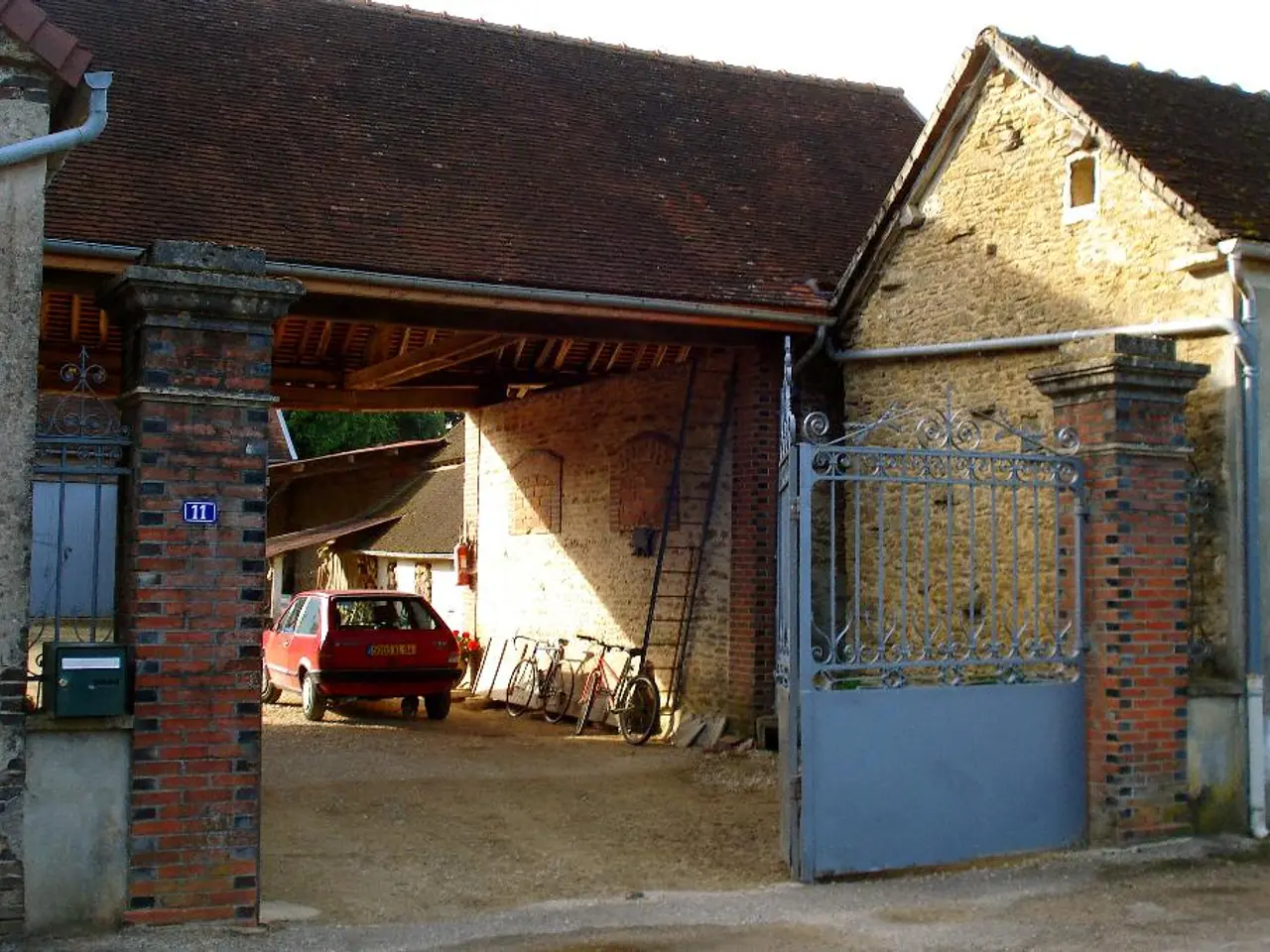Hydrogen: A Double-Edged Sword, Offering Both Promises and Perils in its Clean Form
The European continent is making a significant shift towards hydrogen as a potential solution to combat climate change. This transition, outlined in the European Green Deal's hydrogen plan, aims to mobilize at least €1 trillion in public-private investments over the next decade.
The European hydrogen strategy is divided into three phases of gradual multi-sector development, with the first phase stretching through 2024. During this initial phase, the main objective is to decarbonize existing hydrogen production within the chemical sector and promote hydrogen for use in new applications.
While grey hydrogen, produced through a steam methane reformation process, is extremely energy intensive and highly polluting, green hydrogen will be created using excess renewable energy to power electrolyzers, splitting hydrogen atoms from oxygen ones. This shift towards green hydrogen production is crucial for reducing emissions associated with hydrogen production.
Several flagship CCS operations have been mothballed after suffering chronic mechanical problems and routinely missing their carbon targets. However, the European Clean Hydrogen Alliance's immediate task is to midwife the "blue" hydrogen sector, where CO is stripped out and then captured and sequestered (CCS).
The transition to clean hydrogen, according to the European Commission's plan, will initially rely on using fossil gas as a bridge fuel. This strategy has raised concerns among environmentalists, but François-Régis Mouton, Europe director at the International Association of Oil and Gas Producers (IOGP), believes that if hydrogen production is decarbonized with CCS, it can create hydrogen value chains and a market that will reduce costs and help integrate hydrogen from renewable electricity.
The oil and gas industry is banking on hydrogen's green potential to grant them immediate entry into new markets dependent upon existing gas production, transport, and storage facilities. The European Commission's new Hydrogen Strategy is also a jobs plan and a pathway towards unifying the EU around a holistic energy and economic policy.
Approximately 830 million tons of CO were emitted from grey hydrogen production last year, equivalent to the combined emissions of the United Kingdom and Indonesia. This highlights the urgent need for a shift towards cleaner hydrogen production methods.
The European Commission has established the European Clean Hydrogen Alliance as part of their New Industrial Strategy, which includes a "who's who" of the fossil gas industry. Despite decades of study and billions of dollars in subsidies, less than 20 CCS operations have actually come to fruition, and only a fraction of overall global hydrogen production is attached to any CCS facilities.
The International Energy Agency estimates that around 6% of global natural gas and 2% of global coal output is being diverted for grey hydrogen feedstock annually. This diversion of resources from traditional energy consumption to hydrogen production could have significant impacts on global energy markets.
In contrast, Germany has developed its own hydrogen strategy, calling for a €7 billion investment in various green hydrogen technologies. Many energy experts worldwide agree that hydrogen could be a game changer for the transition to low- and carbon-neutral energy.
The European Commission's Hydrogen Strategy is not without controversy, as RWE, already Europe's worst polluter, is leveraging the hydrogen push to steer government subsidies towards construction of its controversial Liquid Natural Gas (LNG) terminal in Brunsbüttel, Germany.
The European Clean Hydrogen Alliance includes a broad range of companies from various sectors, but specific members involved in accelerating blue hydrogen development as part of the European Commission's New Industrial Approach are not listed explicitly in the provided search results. This lack of transparency raises questions about the role of the fossil fuel industry in the transition to clean hydrogen.
During Phase II through 2030, hydrogen will become an intrinsic part of an integrated European energy system. Whether this transition will lead to a significant reduction in carbon emissions remains to be seen, but the European Commission is hopeful that hydrogen will play a crucial role in their fight against climate change.
Read also:
- Federal petition from CEI seeking federal intervention against state climate disclosure laws, alleging these laws negatively impact interstate commerce and surpass constitutional boundaries.
- President von der Leyen's address at the Fourth Renewable Hydrogen Summit, delivered remotely
- Unveiling Innovation in Propulsion: A Deep Dive into the Advantages and Obstacles of Magnetic Engines
- Intensified farm machinery emissions posing challenges to China's net-zero targets








